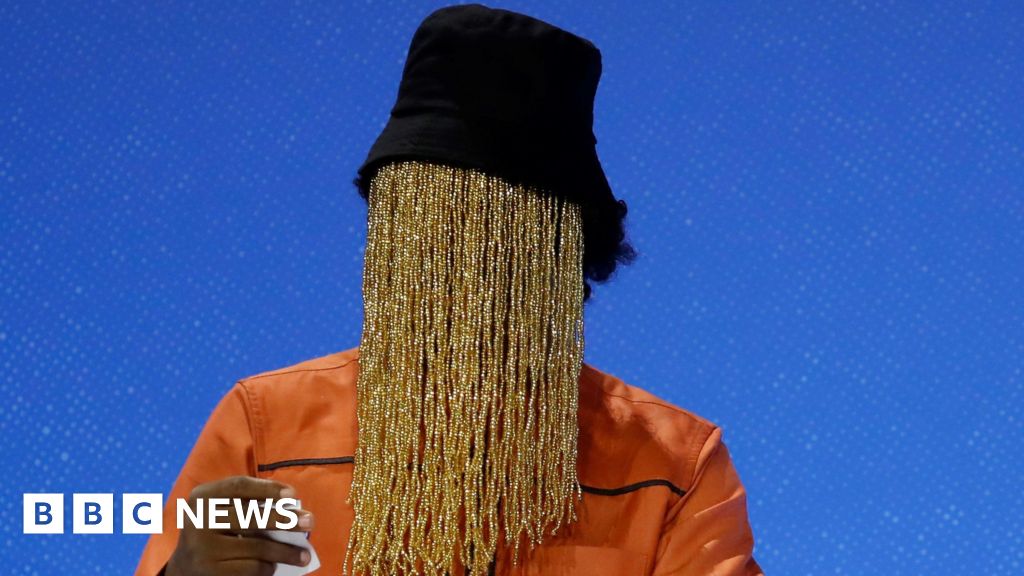Scientists from TU Delft and EPFL have created a quadruped robot capable of running like a dog without the need for motors. This achievement, a product of combining innovative mechanics with data-driven technology, was published in Nature Machine Intelligence and could pave the way for energy-efficient robotics.
“Commercial quadruped robots are becoming more common, but their energy inefficiency limits their operating time,” explains Cosimo Della Santina, assistant professor at TU Delft. “Our goal was to address this issue by optimizing the robot’s mechanics by mimicking the efficiency of biological systems.”
Robots inspired by nature
To illustrate their approach, Della Santina points to a remarkable phenomenon in nature. He shows a video of a fish swimming against the current to avoid being carried away. A seemingly ordinary scene until he reveals that the fish is, in fact, dead. Its movement is powered entirely by the passive mechanics of its body, not by any conscious effort. “This highlights how optimized mechanics alone can drive efficient motion,” he says.
Inspired by such examples, the team, including Ph.D. student Francesco Stella, master student Mickael Achkar and principal investigator Josie Hughes, used data from dogs to design their robot. They employed machine learning tools to analyze their movement and guide the arrangement of springs, cables, and tandems in the robot’s structure. As a result, the robot can walk on a treadmill and adapt to varying speeds, driven entirely by the treadmill’s push and without motors.
Avoiding obstacles
While the robot operates passively, the researchers also equipped it with motors for added functionality. “The motors allow the robot to react to challenges like climbing steps or avoiding obstacles,” explains Della Santina. “However, the motor’s use is minimized thanks to the robot’s optimized mechanical design.”
This innovation represents a significant step toward creating holistically intelligent robots. “By enhancing both the mechanical and cognitive capabilities, we aim to develop quadruped robots that are not only more efficient but also highly adaptable to complex environments,” concludes Della Santina.
More information:
Francesco Stella et al, Synergy-based robotic quadruped leveraging passivity for natural intelligence and behavioural diversity, Nature Machine Intelligence (2025). DOI: 10.1038/s42256-025-00988-x
Citation:
Scientists develop dog-inspired robot that runs without motors (2025, March 27)
retrieved 27 March 2025
from
This document is subject to copyright. Apart from any fair dealing for the purpose of private study or research, no
part may be reproduced without the written permission. The content is provided for information purposes only.

















